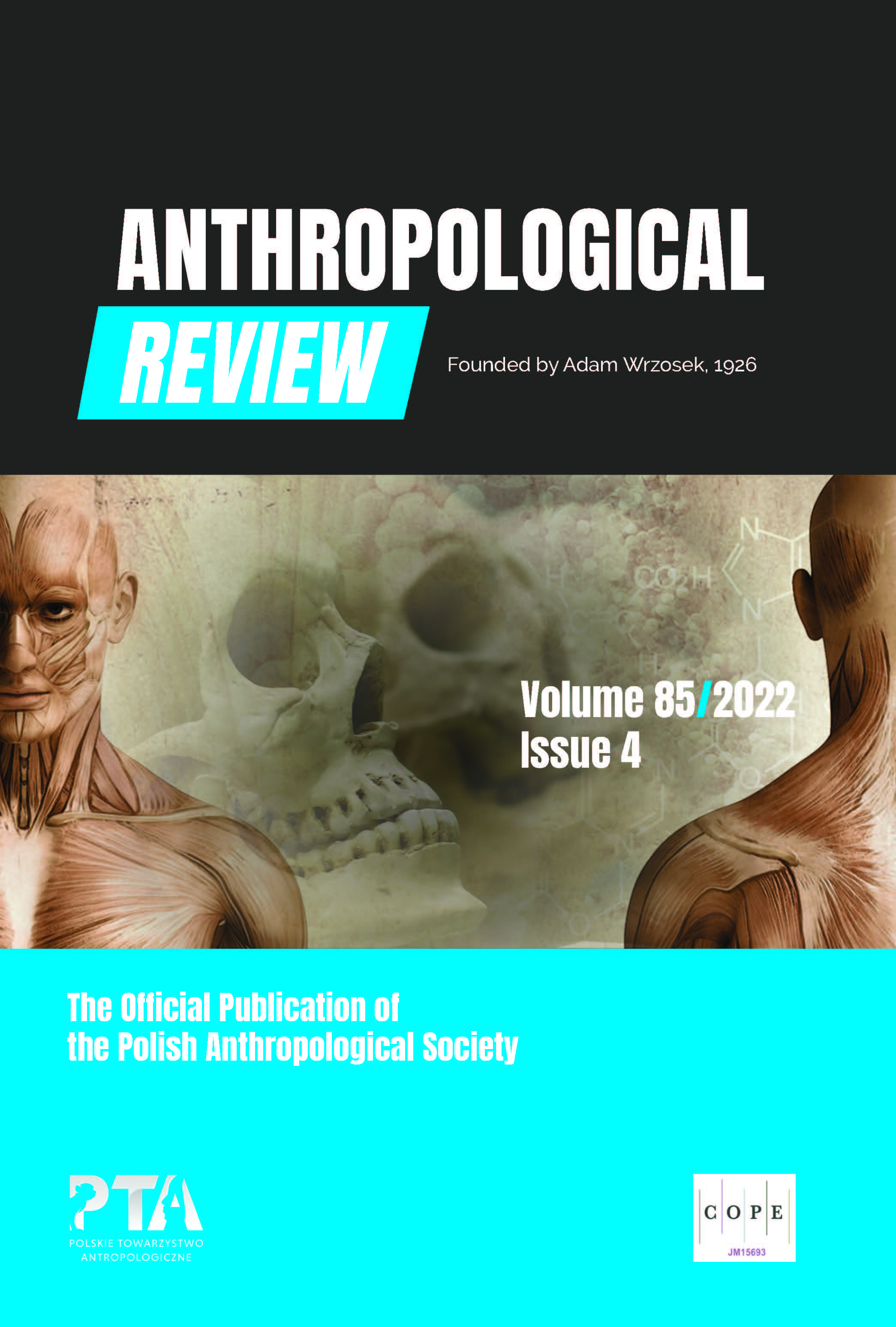Anatomical variations of the flexor carpi ulnaris in the fetal period
Anatomical variations of the flexor carpi ulnaris in the fetal period
Author(s): Katarzyna Siwek, Robert Krupa, Andrzej Mrożek, Jagoda Urbańska, Małgorzata SuchaneckaSubject(s): Anthropology, Methodology and research technology, Applied Sociology
Published by: Wydawnictwo Uniwersytetu Łódzkiego
Keywords: fetal anatomy; forearm muscles; dissection; cadavers; flexor carpi ulnaris
Summary/Abstract: Introduction: The Flexor Carpi Ulnaris (FCU) is a part of the palmar the forearm muscle group and one of the most important muscles for upper limb functioning - is responsible for flexion and adduction of the hand at the radio-carpal joint. There are clinically significant but rare anatomical variations of FCU. The variability of the FCU has not been described up to now, and no typology of the muscle based on its more variable terminal attachment has been created. Aim of the study: Determination of FCU muscle typology based on available fetal material. Material and methods: A total of 114 human fetuses (53 female, 61 male) between 117 and 197 days of fetal life were eligible for the study. Preparations were carried out using classical anatomical techniques based on a previously published procedure. Thanks to that significant anthropometric landmarks were visible for the gathering of metric measurements. Metric measurements were taken and statistically analysed using R-Project software. Results: A new typology was created based on variable muscle insertions. Additionally, the presence of an atypically located, additional, separated muscle belly was described. A comparison of measurements of the left upper limb in relation to the right upper limb showed significant differences for forearm length to the anthropometric point of the stylion radiale, limb length, total FCU length and FCU length which means that the left limb is longer than the right limb. A comparison of FCU insertion types between left and right upper limb showed there’s no significant difference between counts of each type. Conclusion: The FCU is a muscle that is easy to palpate and may therefore act as a topographical marker for healthcare professionals. Knowledge of its variability is not only of theoretical importance but also has clinical significance. The current publication demonstrates presence of variability in FCU terminal attachment. Certainly, this topic requires further research and continued work on a detailed understanding of forearm anatomy in the fetal period.
Journal: Anthropological Review
- Issue Year: 85/2022
- Issue No: 4
- Page Range: 135-146
- Page Count: 12
- Language: English

